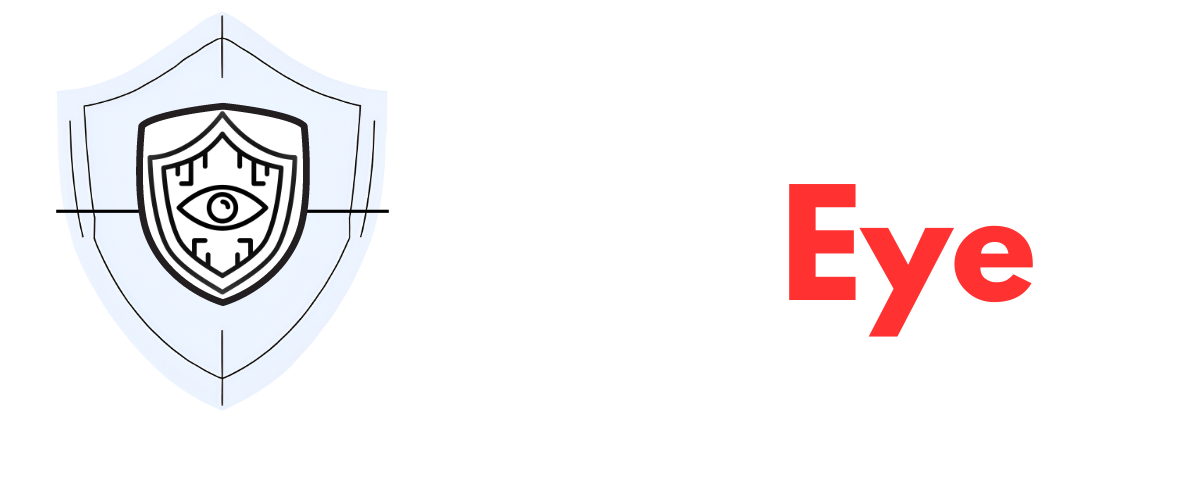Google Alert – BD Army
A fragile ceasefire between Thailand and Cambodia largely held on Tuesday despite renewed skirmishes along the border, following a U.S.-backed diplomatic push to halt the deadly conflict.
The truce, brokered in Malaysia and effective from midnight Monday, was tested almost immediately as Thailand accused Cambodia of launching attacks at several points early Tuesday. Cambodia denied the accusations, insisting there had been no new firing.
Thailand’s government later acknowledged renewed clashes at Phu Makhuea, a contested mountain area near Sisaket province, with gunfire continuing into Wednesday morning. However, no heavy artillery was reportedly used. Thai Prime Minister’s Office spokesperson Jirayu Houngsub confirmed the military was “responding and controlling the situation.”
Military commanders from both sides met Tuesday morning and agreed to stop troop movements, avoid escalation, and coordinate ahead of a joint border committee meeting scheduled in Cambodia on August 4, according to Thai army spokesman Maj. Gen. Winthai Suvaree.
Cambodian Defense Minister Tea Seiha confirmed that he had discussed the ceasefire implementation with his Thai counterpart and assured that Cambodia was observing the truce. He also said Cambodian officials would lead a diplomatic delegation to monitor the situation on the ground.
Meanwhile, the Thai government filed complaints with Malaysia, the United States, and China regarding Cambodia’s alleged ceasefire violations.
Signs of calm began to return along the border, with many of the estimated 260,000 displaced people starting to go back to their homes.
The ceasefire follows a high-level meeting in Malaysia between Cambodian Prime Minister Hun Manet and Thailand’s acting Prime Minister Phumtham Wechayachai. The talks, chaired by Malaysian Prime Minister Anwar Ibrahim under ASEAN’s leadership, resulted in an “unconditional” ceasefire agreement. At least 41 people had died in the recent violence.
U.S. Secretary of State Marco Rubio welcomed the ceasefire, emphasizing Washington’s support for a full cessation of hostilities. President Donald Trump personally called both Hun Manet and Phumtham, offering congratulations and promising U.S. participation in monitoring the ceasefire alongside Malaysia.
Trump also linked the peace process to upcoming trade decisions, saying that discussions on tariffs for Thai exports to the U.S. could now proceed. Cambodia and Thailand are both facing a 36% tariff on exports to the U.S., set to take effect this Friday. Trump had earlier warned that continued fighting could derail trade negotiations.
The recent border conflict began Thursday after a landmine explosion injured five Thai soldiers. Tensions had been building since May when a Cambodian soldier was killed in a separate incident, straining diplomatic ties and fueling political unrest in Thailand.
Along the border, residents welcomed the ceasefire with caution. Soklang Slay, a Cambodian man returning to his home in Oddar Meanchey province, said, “I am very concerned that new fighting may break out. Thailand often provokes the fighting but blames Cambodia. I really don’t want to see any new fighting.”
He had built a bunker for his family but was forced to flee after the shelling intensified.
In Thailand’s Surin province, village chief Kritsada Jindasri said gunfire and explosions were heard Monday night before quiet resumed. “We are still cautious. We still don’t totally believe it will stop,” he said. His brother Jirayu, who had taken shelter with relatives, echoed the sentiment: “I still don’t feel comfortable… If it breaks out again, I’ll have to go.”
Bangladesh welcomes announcement of Thailand- Cambodia ceasefire
Experts warn that the ceasefire is tenuous. Cambodian political analyst Kokthay Eng credited Trump’s economic pressure for halting the bloodshed but said the situation remains delicate. “It is risky and will require clear markers to build traction,” added Southeast Asia expert Bridget Welsh, stressing the need for a formal border survey.
Source: Agency
